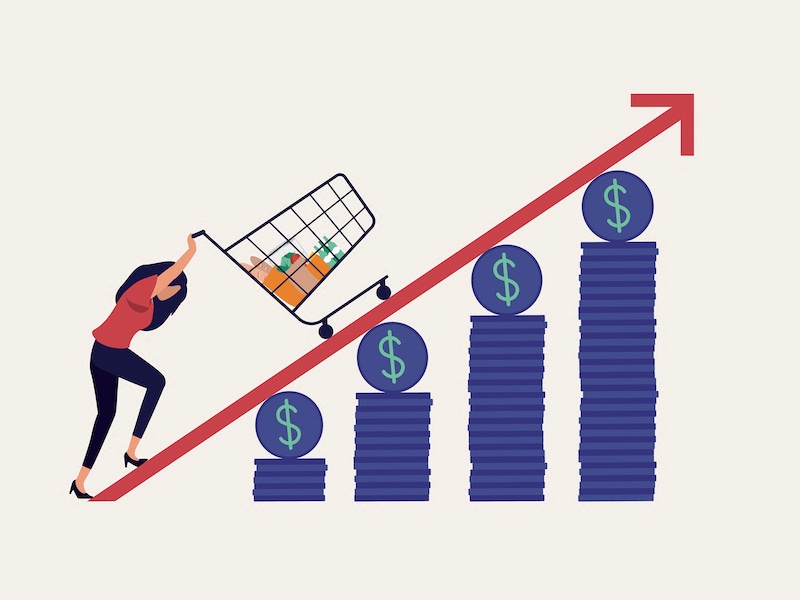
Published on January 14, 2025
If you’ve ever heard someone lament, “Back in my day, a cup of coffee cost only ten cents,” you might wonder where it all went wrong.
The short answer?
Inflation.
The Basics: Why Prices Climb
Inflation refers to the general increase in prices across an economy over time. A few common factors include:
- Money Supply: When governments issue more currency, each individual unit can lose some purchasing power.
- Rising Demand: As incomes grow, people spend more, which can push prices up if supply doesn’t keep pace.
- Profit Incentives: Businesses often raise prices to expand profits or keep up with rising costs.
Then vs. Now: Coffee vs. Mortgage Rates
It’s easy to envy the 1950s, when a cup of coffee seemed almost free. But there’s a catch: mortgage rates could skyrocket well above 10 percent. A cheaper latte might not be worth a crippling home loan.
A Look at Canada’s Worst Inflation
Inflation can fluctuate dramatically. One of Canada’s toughest bouts came in 1981, when it spiked around 12.5%.1 Households felt the pinch in everything from grocery bills to housing expenses, and budget-tightening became a national pastime.
So, Who Really Had It Easier?
Grandpa’s coffee might have been cheap, but day-to-day life had its own financial hurdles. Rapid inflation and high interest rates meant paying off a mortgage could involve real sacrifice (think endless meals of Kraft Dinner).
At the end of the day, inflation is a complex phenomenon that evolves with economies. While it’s easy to pine for a 10-cent cup of coffee, consider that your income—and your spending options—are also different from those in the 1950s. Every era has its financial quirks.
1 Bank of Canada, Historical Inflation Data, 1981.